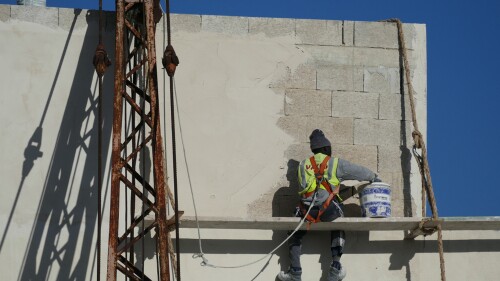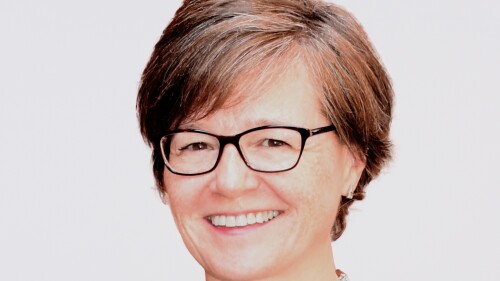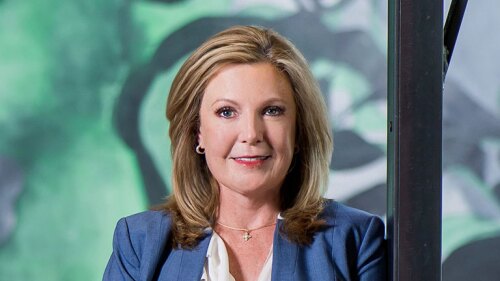Issues and Trends
Developers of middle-income projects can’t use subsidy programs such as federal low-income housing tax credits (LIHTCs) to finance their plans. Middle-income developments also often don’t earn enough in rent to support conventional construction loans or attract equity investors.
The Manhattan office market is beginning to make a comeback, but much has changed since the start of the COVID-19 pandemic. The persistence of hybrid and remote work have changed the equation for commercial rentals, both in terms of landlord-tenant relationships and the quality of office product on offer.
Tattooed, tanned, and tousled, 48-year-old Stefan Quinn Soloviev looks like an athletic nerd who stepped out of a Mad Max film, but don’t let his appearance fool you. Soloviev is one of the largest landowners in the United States—number 21, according to Landreport.com—with a portfolio that includes some of Manhattan’s most coveted properties.
The natural reaction to hearing that a product or material has been made with the assistance of modern slavery is to flinch in horror and perhaps disbelief. Unfortunately, the construction industry is ranked second—just behind domestic service—as a problematic industry in terms of its risk of relying on forced labor, according to the 2022 Global Estimates of Modern Slavery, Forced Labour and Forced Marriage report from the International Labour Organization in Geneva.
Urban Land is spotlighting some trailblazing women in commercial real estate, all of whom are members of the ULI Women’s Leadership Initiative. Emma West, partner at Toronto-based Bousfields Inc., says it was the women who were part of the WLI Toronto Committee when she first joined who were instrumental in her professional development.
The number of women who have joined ULI has more than doubled in recent years, from 20 percent of ULI’s nearly 28,000 members to more than 13,000 female members, which equates to 29 percent of the organization’s 45,000 members. In celebration of this growth, Urban Land is spotlighting some trailblazing women in commercial real estate, all of whom are members of the ULI Women’s Leadership Initiative. Julie Smith, chief administrative officer at Maryland-based Bozzuto and a former ULI District Council Leader, is among them.
Once overlooked as little more than open-air spaces for trailer parking, industrial outdoor storage (IOS) sites are emerging as a promising niche for their increasingly significant role in the e-commerce and logistics sectors and their potential to earn strong returns for investors.
Many populations and regions face well-documented housing affordability challenges. For college students, specifically, the lack of options located on or near campus creates an additional hurdle in achieving their higher education goals. The inability to affordably live close to school has a huge impact on their time, performance, expense, and quality of life—not to mention increased output of greenhouse gases. Perkins & Will is partnering with the University of California San Diego (UCSD), which receives the second-largest of number applications of any university, nationwide, to help those students by designing the largest on-campus housing project in the country.
Last week, the U.S. Securities and Exchange Commission issued new rules requiring public companies to enhance and standardize climate-related disclosures. The rules phase in over time, requiring the largest companies or public investor shares to begin making climate risk disclosures in 2025.
AUSTIN—Despite rumblings to the contrary, the American dream of homeownership is not a fading relic from the nation’s Post World War II era. In fact, homeownership remains a key lever to elevate families from generational poverty to the middle class, according to two of the nation’s top leaders in the housing industry.










